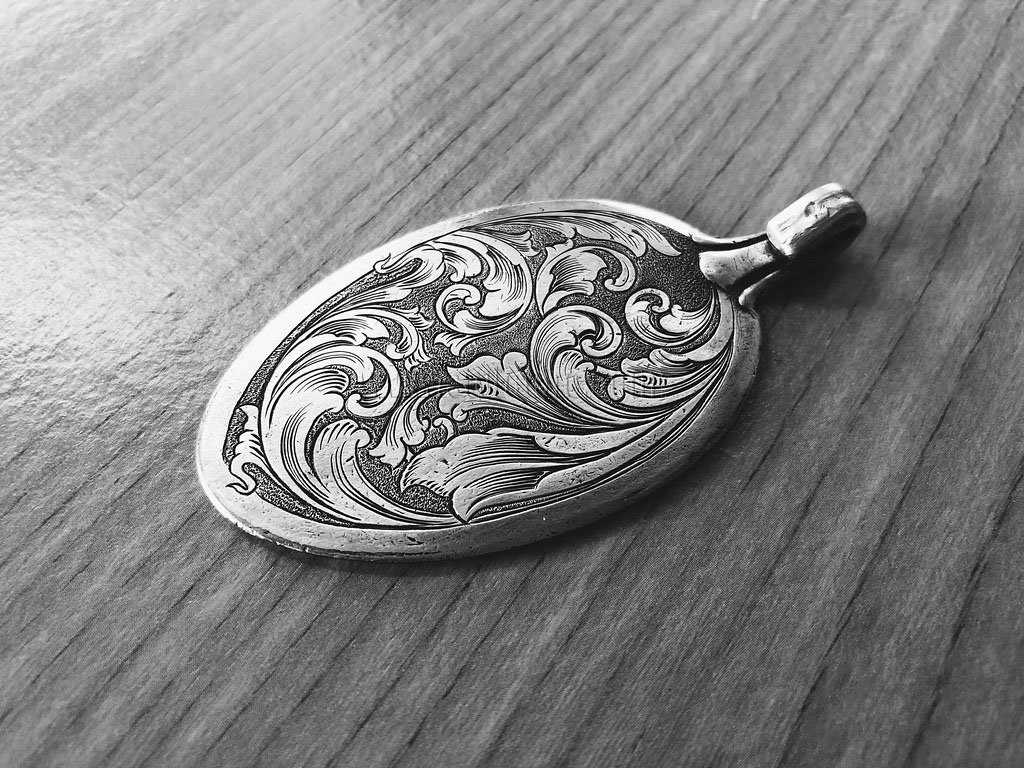
Metal Engraving is still a captivating technique in the field of inventive crafting that masterfully combines precision and originality. This extremely ancient fine art transforms ordinary metal surfaces into captivating works of multidimensional design that show the dexterity of human hands and the depth of the creative imagination. Metal engraving is the delicate cutting or carving of designs into various metal media, resulting in stunning examples that showcase both creative artistry and technical skill. Join us on a journey that reveals the beautiful beauty of metal etching, a process that turns cold metal into a substance with enduring appeal with each stroke of the tool.
Advantages Of Engraving Metals
- Customization: Metal engraving enables you to add a date, name, or brief message to any object, enhancing its individuality.
- Durability: Metal engraving is quite robust and won’t fade or wear out over time. It is perfect for engraving heirloom items like wedding bands or rings that will last forever.
- Versatility: A variety of metals, including aluminum, gold, brass, silver, stainless steel, and more, may be engraved on.
- Cost-effectiveness: Metal engraving is cost-effective since it doesn’t call for any extra supplies, such as paint or ink, or other ways of embellishment, such as gemstone setting or enamel.
Metals That Can Be Laser Engraved
Stainless Steel
Nowadays, one of the most popular materials is stainless steel. It is used to create a wide range of items, including bottles, kitchenware, tools, and medical supplies. A laser engraving machine may be used to engrave or etch all of these items. A diode laser, an IR laser, and a CO2 laser may all etch stainless steel. A specialized fiber laser engraver is required for engraving stainless steel.
Steel
The use of steel in our daily lives is beyond a doubt. Numerous goods and things are produced using it. Lasers may also be used to etch or engrave steel. Permanent markings are often created to identify the component or maker.
Aluminum
Another typical material utilized to create a variety of objects we use every day is aluminum. Examples include business cards, electrical devices, culinary utensils, and other items. For identification or customization, it can be etched. Aluminum may be found in LEDs and cell phones. Additionally, they have writing on them. It is written with a laser writing device.
Titanium
Another important material is titanium, which is used in various products including jewelry, prostheses, medical instruments, and aircraft. For identification and customization, it is usually etched. For instance, laser engraving can be used to assign a unique identifying number or grade to the prosthesis.
Gold
A laser engraving machine may be used to engrave and etch gold jewelry, medals, and awards. While medals and trophies must be engraved, jewelry items can be engraved for personalizing or giving.
Silver
Silver may be etched or engraved using a laser engraver similar to how gold can. It is done to priceless jewels, medals, trophies, and other valuables.
How To Engrave Metal
- Select the Proper Material
Selecting the right metal to engrave on is crucial. The metals gold and sterling silver are soft, malleable, and simple to deal with. On the other hand, harder metals like titanium and stainless steel need specialized equipment and methods. Remember that engraving might make the metal brittle, so picking a sturdy metal that is not too thin is crucial.
- Getting the Metal Surface Ready
Prepare the metal surface by cleaning it completely before you begin engraving. The metal won’t be damaged or harmed during engraving if the surface is clean. With a soft cloth and alcohol, remove any dirt, grease, or other debris. Before engraving, it is also crucial to make sure the metal is thoroughly dry.
- Precision in Tool Holding
The next step is to hold the engraving tool precisely after obtaining the necessary equipment and metal. A firm hand and a lot of patience are necessary for engraving. The tool must have a secure grip and sufficient pressure to provide the appropriate depth and detail for engraving to be successful. Remember that the device’s angle plays a significant role in both the quality of your work overall and the depth of the cut.
- Practice
Lastly, practice is key to mastering any talent, including engraving. Spend some time experimenting with various metals and tools to find what suits you the best. Start with the simplest patterns and work your way up to the more intricate ones. You may quickly hone your engraving skills with perseverance and practice.
Conclusion
Techniques for metal engraving help provide permanent marking and identification of items across several sectors. We believe that this guide has helped you gain a better knowledge of metal engraving. For more information related to this topic feel free to contact us or Visit Here To Related Post.
